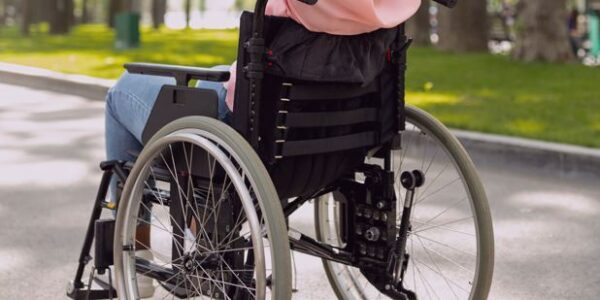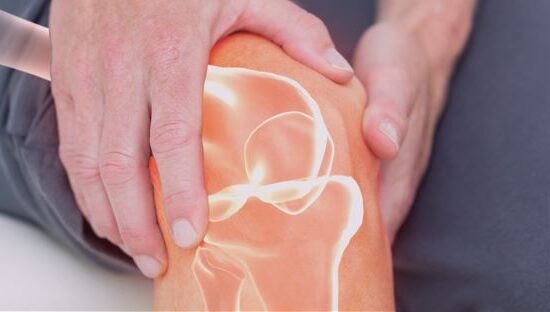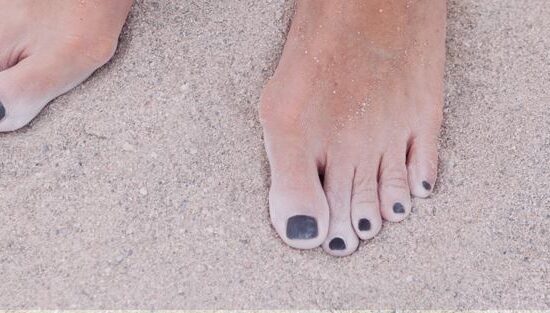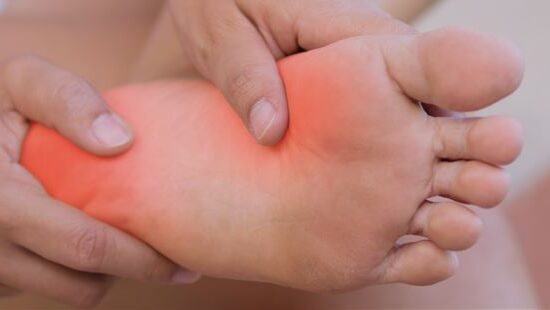What is muscular dystrophy?
Muscular dystrophy corresponds to a hereditary genetic disease leading to the progressive appearance of the weakness of the skeletal muscles.
Where does it come from?
Muscular dystrophy comes from a deficiency of certain muscle proteins, leading to the death of the cells and consequently of the muscle tissues. Many forms of various origins exist, affecting different parts of the body.
How can it be recognized?
The symptom common to all the types is muscle weakness. Depending on the type and the stage of the disease, the other manifestations differ. They specifically affect certain parts of the body and appear at different ages and rhythms. Among the most frequent symptoms noted are:
- Difficulty walking, running and jumping;
- Falls;
- Muscle cramps;
- Joint deformations;
- Cardiorespiratory disorders;
- Myotonia (prolonged muscle contraction);
- Damage to the facial muscles;
- Digestive, respiratory, hormonal and ocular disorders;
- Infertility;
- Swallowing problems;
Solutions supporting people with muscular dystrophy
- Take advantage of assistance to mobility and accessibility
A wide range of support products and services exist in several fields. They help improve the patient’s quality of life. Many solutions for assistance in walking and mobility, residential adaptation or home help and comfort are available to support people with muscular dystrophy. They seek to respond to patients’ lesser and greater needs for assistance, while providing them with comfort, independence and safety.








